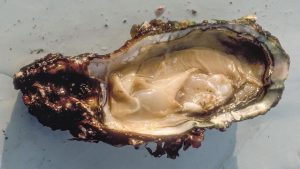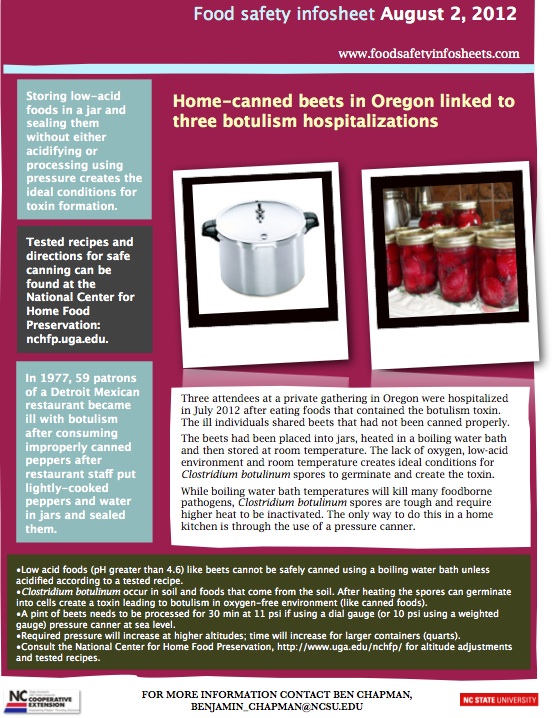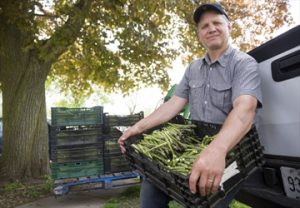My wife and I were visiting her relatives in France back in 2009 and I can recall her uncle shucking fresh oysters that he had caught just moments before. He served them raw with a fresh wedge of lemon and beer. I enjoyed the beer, couldn’t stand the oysters. It seems that along the coast of British Columbia (Canada), researchers have found plastic particles in shellfish.
Ken Christensen of NPR writes
Sarah Dudas doesn’t mind shucking an oyster or a clam in the name of science.
But sit down with her and a plate of oysters on the half-shell or a bucket of steamed Manila clams, and she’ll probably point out a bivalve’s gonads or remark on its fertility.
“These are comments I make at dinner parties,” she said. “I’ve spent too much time doing dissections. I’ve done too many spawnings.”
And lately, the shellfish biologist is making other unappetizing comments to her dinner party guests — about plastics in those shellfish.
In 2016, she and her students at Vancouver Island University planted thousands of clams and oysters across coastal British Columbia and let them soak in the sand and saltwater of the Strait of Georgia. Three months later, they dissolved hundreds of them with chemicals, filtered out the biodegradable matter and looked at the remaining material under a microscope. Inside this Pacific Northwest culinary staple, they found a rainbow of little plastic particles.
“So when you eat clams and oysters, you’re eating plastics as well,” Dudas says.
Funded by the Canadian government and British Columbia’s shellfish trade association, the project aimed to learn whether the shellfish aquaculture industry may be contaminating its own crop by using plastic infrastructure like nets, buoys and ropes. The experiment was a response to those claims by local environmental groups.
But tracking the origins of tiny plastic particles in a big ocean is new territory. So Dudas turned to Peter Ross, who has studied the effects of ocean pollution on sea life for 30 years.
“We’ve long known that plastic and debris can be a problem for ocean life,” says Ross, director of the Vancouver Aquarium’s Ocean Pollution Research Program.
In 2013, he began sampling the coast of British Columbia for microplastics. The researchers found up to 9,200 particles of microplastic per cubic meter of seawater — about the equivalent of emptying a salt shaker into a large moving box.
“So, large numbers,” Ross says. “Rather shocking numbers.”
The rest of the story can be found here.









